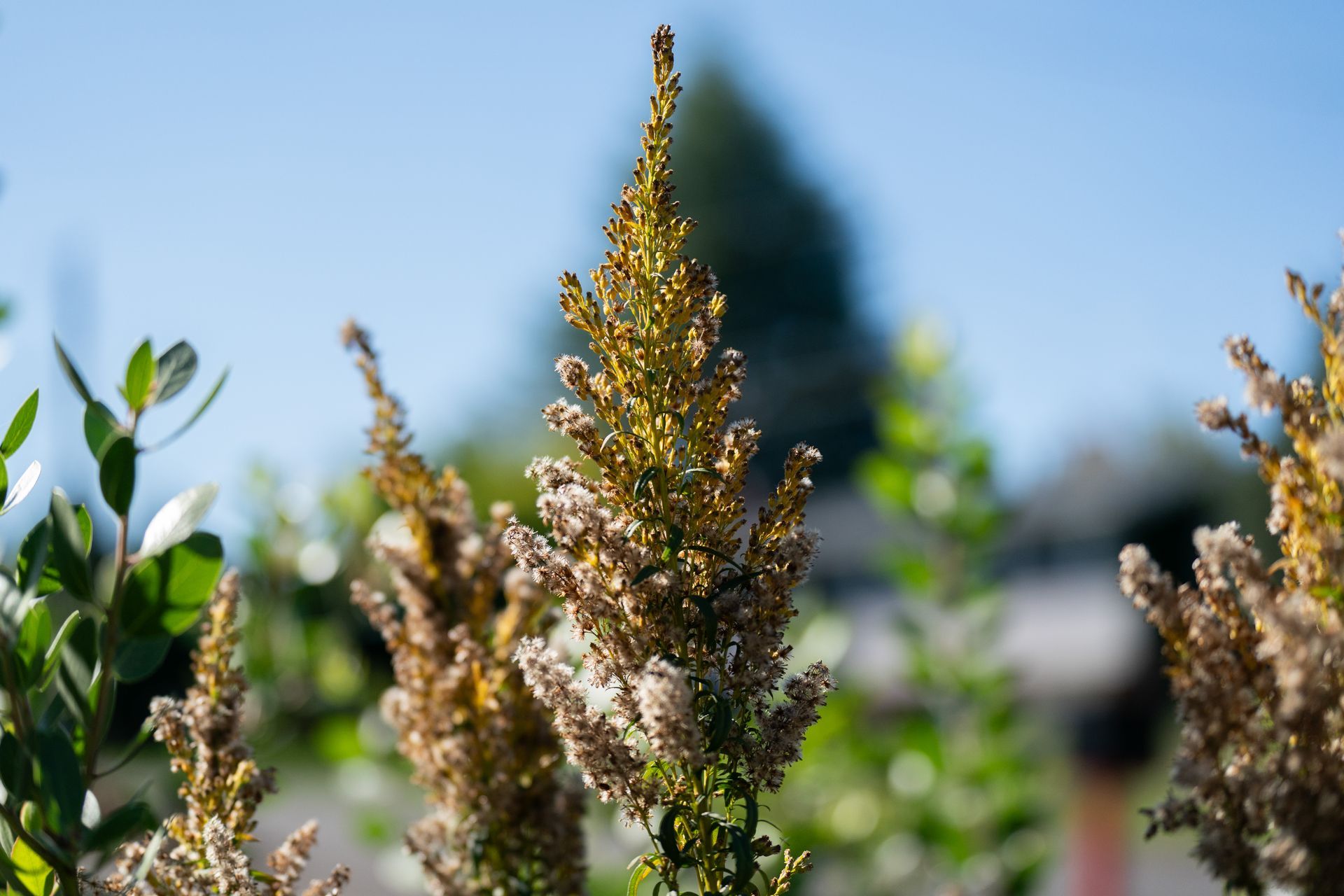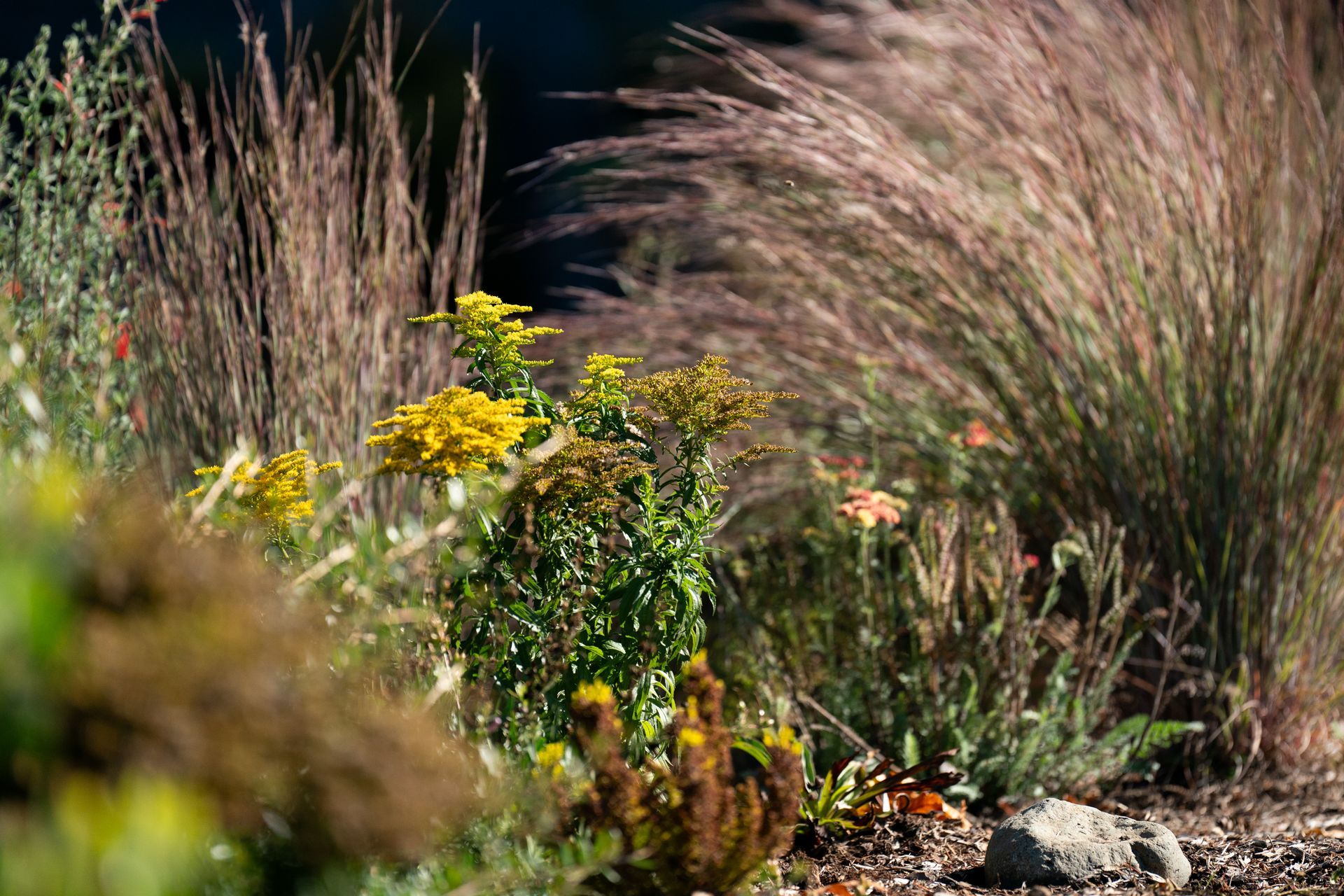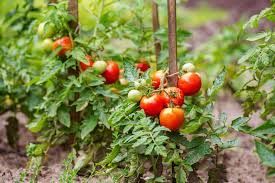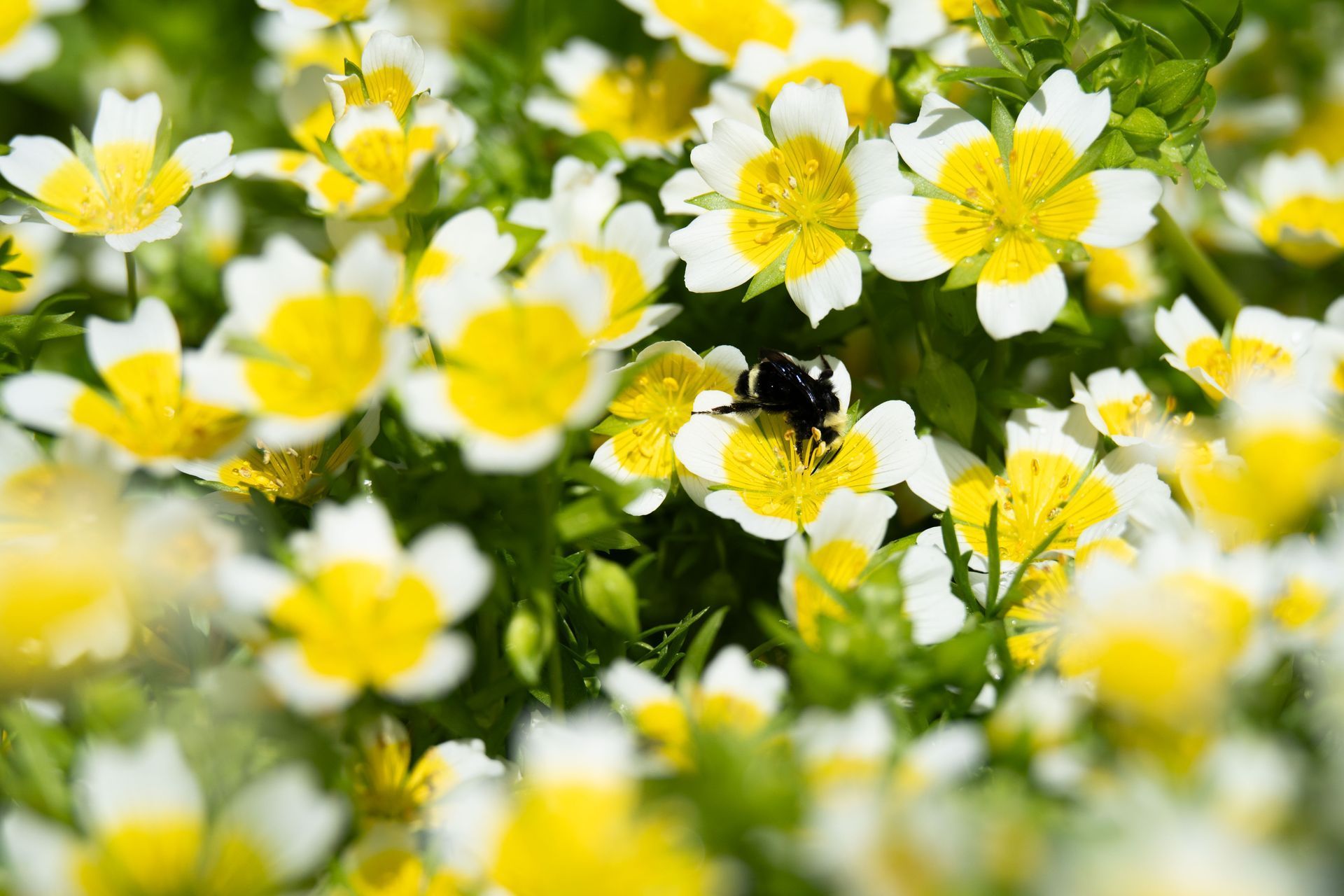Phil’s Garden Tips & Tricks for February 2020
Well, well, well. It has certainly been a very wet January. Often it can be the drier/coldest month of the year. But take heart, we are getting close to “landscapers’ spring”, which is February 15th. That date is the official milestone marking landscaper spring in our business. It is rare after that point to get heavy snow or hard frosts. It also means we will be having increased calls for jobs to be bid. When the sun peeks out, people quickly pick up their phones! 😊
This is a great month to get back out in your yard! We will have rain, of course, but it’s a slightly warmer rain. The following list is a guide to remind you of your options:
- It is time to begin baiting for slugs. Place it close to plants that you know will be popping out of the ground soon!
- Weed! Now is the time to get those sneaky things when they are weak and helpless! Take one section of the yard per weekend to prune and weed all the way around the yard this month.
- It’s still an excellent time to transplant most trees and shrubs.
- Plant fruit trees and deciduous shrubs—either bare-root (is less expensive) or from a container.
- Plant perennials outdoors, including perennial herbs: chives, lovage, mint, rosemary, sage and thyme (remember that mint and oregano are invasive, so plant accordingly).
- Prune fruit trees as needed.
- Prune and train grapes.
- Prune roses. This is also a great time to plant new roses. Bare-root roses are available, but we believe Heirloom Roses (located just outside the city of St. Paul) is the best place to purchase self-root roses.
- Continue to prune and gather branches of quince, forsythia and/or flowering cherries so you can bring them inside to force early blooms.
- Prune summer-flowering plants, such as butterfly bush, cotoneaster, clematis and hydrangea. Do not prune spring flowering shrubs, such as Azaleas and Rhodies. You will cut off the bloom buds if you do!
- Consider pruning back Fuchsias and other picky perennials (that have not been pruned back yet) to about four inches. We have already cut back all the other NON-picky perennials here at Thornhurst. This year has not been as cold so far, thus our Fuchsias have not really died to the ground. In this kind of situation, I personally still wait until I can see how far up the little green buds come out, then trim them down to that mark. This Spring we will probably see buds on the stems somewhere. I do this sort of pruning on Fuchsias, Agastache and Salvia since they are all fairly picky about being cut back too soon.
- Control moles with traps.
- Spread mulch two inches thick. Do this every two years if you did not have enough natural compost. Compost/leaf-mulch is best, but bark mulch is fine. It is easiest to perform this task in the wintertime after things are trimmed and cleaned up. This way you can see what you are doing and it makes everything look great! It smothers weed seeds, in the rainy season it prevents erosion and, finally, it helps to hold the moisture in the ground in the dry season.
For Adventuresome Gardeners:
- February is the last month to sow hardy annual wildflower seeds on the ground. The best month is November. The final two weeks of February is the last time to plant seeds and/or starts of these hardy annual wildflower seeds because it is after the last hard frosts, but before the air and soil warm up too much for the little plant to root properly. Two examples of this type of Hardy Annual are Clarkia elegans and Eschscholzia californica (California Poppies).
- Make a cold frame or hotbed to start early vegetables or flowers and prepare the soil for growing pots and flats of seedlings.
- Plant your cold frame with seeds of plants in the Cole family, such as cabbage (as in Cole slaw), Broccoli and Brussel sprouts, for future transplanting outdoors.
- Apply the first of four dormant sprays (copper/sulfur sprays mixed with dormant oil spray) on apple trees to prevent apple scab and kill pest larvae. This exact same mix of dormant sprays can be used for other deciduous fruit trees and shrubs—especially certain roses which normally are attacked by disease and insects.
Here is a source for Hardy Annual Starts from Annie’s Annuals.






